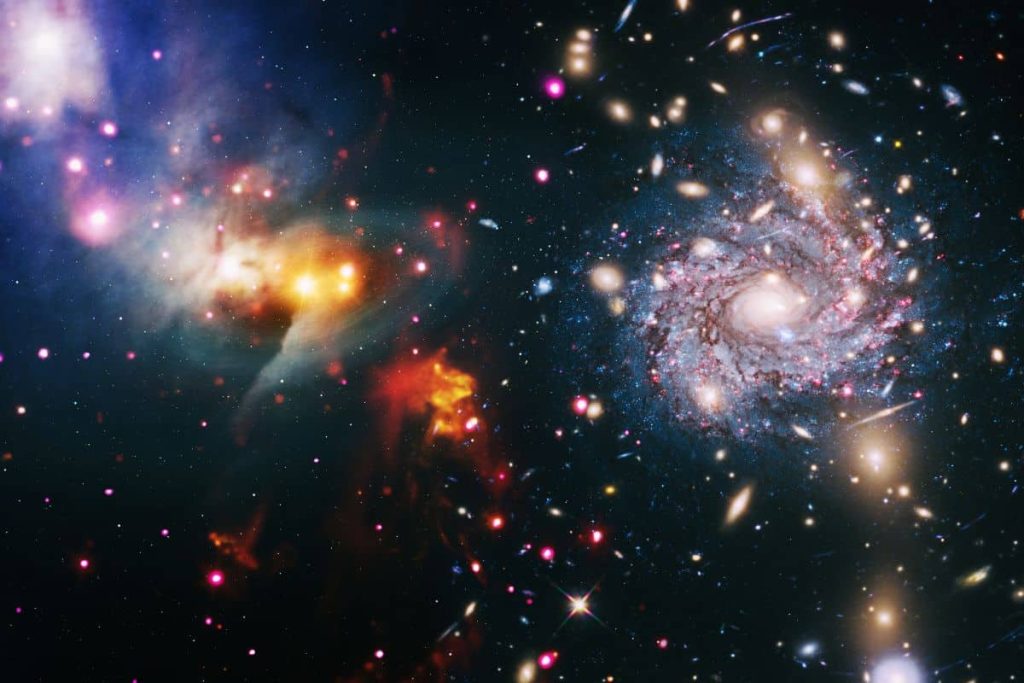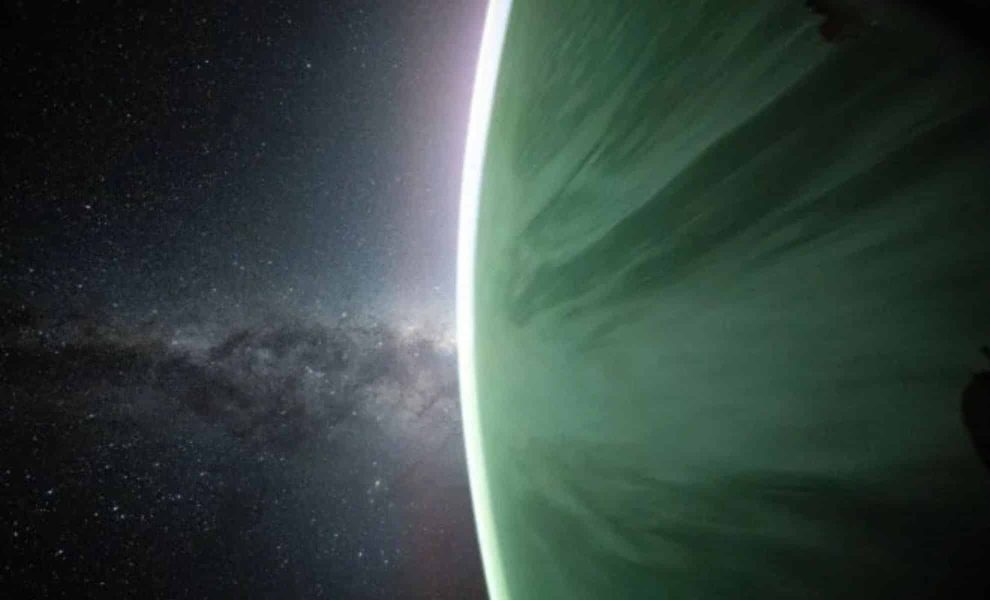The Nova Explosion Of “T Coronae Borealis” Expected In 2025 – The Daily Galaxy –Great Discoveries Channel

A rare celestial spectacle is set to light up the night sky in 2025: T Coronae Borealis, a star that erupts in a stunning nova roughly every 80 years. Where and when can you catch this once-in-a-lifetime event?Astronomers are anticipating a spectacular event in the night sky in 2025: the nova explosion of T Coronae Borealis (T CrB), a rare phenomenon that occurs roughly every 80 years. This binary star system, located about 3,000 light-years away, is set to brighten dramatically for a short period, making it visible to the naked eye.Skywatchers and scientists alike are eagerly preparing for this celestial show, which promises to be one of the most remarkable astronomical events of the decade.Under normal circumstances, T CrB is a faint star with a magnitude of around +10, far too dim to be seen without a telescope. However, during its nova phase, it can reach a magnitude of +2, making it as bright as the stars in the Big Dipper. For a short time—potentially a few days—it will be visible to the unaided eye, standing out prominently in the constellation Corona Borealis, which is situated between Bootes and Hercules in the northern hemisphere.Observers can expect the star to suddenly brighten and then gradually fade over several weeks. The unpredictability of the exact timing adds an element of excitement, as astronomers are closely monitoring the system for signs of the impending explosion.For those hoping to witness this rare event, the best viewing location will be in the Northern Hemisphere. The Corona Borealis constellation, also known as the Northern Crown, is best seen during the spring and summer months. However, since the explosion could happen at any time in 2025, keeping an eye on astronomical updates will be essential.To locate T CrB:While the event itself will be brief, it offers a unique opportunity to see an astronomical event unfold in real-time without the need for advanced equipment.Beyond the stunning visual impact, the eruption of T CrB holds great scientific value. Each nova explosion provides insight into stellar evolution, thermonuclear processes, and binary star interactions. By studying T CrB before, during, and after its nova phase, astronomers can refine models that predict how similar systems behave.Moreover, recurring novae like T CrB serve as potential precursors to Type Ia supernovae, one of the key cosmic events used to measure the expansion of the universe. Understanding these eruptions may contribute to broader astrophysical theories and our knowledge of stellar life cycles.For many, the 2025 nova of T Coronae Borealis will be a once-in-a-lifetime experience, offering a glimpse of an event that occurs only a handful of times per century. Whether you’re an amateur stargazer or a professional astronomer, this rare spectacle is worth watching for.Comment Save my name, email, and website in this browser for the next time I comment.
© 2024 | Daily Galaxy | All rights reserved
Source: https://dailygalaxy.com/2025/03/t-coronae-borealis-expected-in-2025/






